Introduction to Invalid Email Addresses

Email communication remains pivotal in the digital age, with businesses and individuals relying heavily on it for various purposes, from marketing campaigns to personal correspondence.
However, the presence of invalid email addresses poses significant challenges, affecting email deliverability, sender reputation, and the overall effectiveness of email engagements.
Understanding the nature and origins of invalid email addresses is crucial for maintaining email list hygiene and ensuring the success of email-related endeavors.
What is Invalid Email Addresses
Invalid email addresses are email IDs that do not exist, cannot receive emails, or lead to undelivered messages. These addresses can significantly hinder email marketing efforts, lead to higher bounce rates, and potentially damage your sender reputation with email service providers.
Invalid addresses can result from various factors, including:
Typographical Errors: Simple mistakes in typing email addresses, like gnail.com instead of gmail.com, can create invalid addresses.
Disposable Email Addresses: Temporary addresses used to avoid spam or sign up for services without revealing a real email ID.
Syntax Errors: Addresses that don't follow standard email format rules, such as missing the @ symbol or the domain part.
Closed or Non-Existent Accounts: Email accounts that have been closed by the user or never existed in the first place.
Where does invalid email address come from
Identifying the sources of invalid email addresses is the first step towards mitigating their impact. Common origins include:
User Input Errors: Mistakes made by users when entering their email addresses on sign-up forms, often due to haste or typos.
Outdated Lists: Email addresses that were once valid but have since been closed or abandoned by their owners.
Malicious Entries: Deliberate submission of fake or disposable addresses by users wanting to bypass email verification steps.
Data Migration Errors: Errors that occur during the transfer of email lists from one database to another, leading to corrupted or incomplete addresses.
What should you do with Invalid addresses
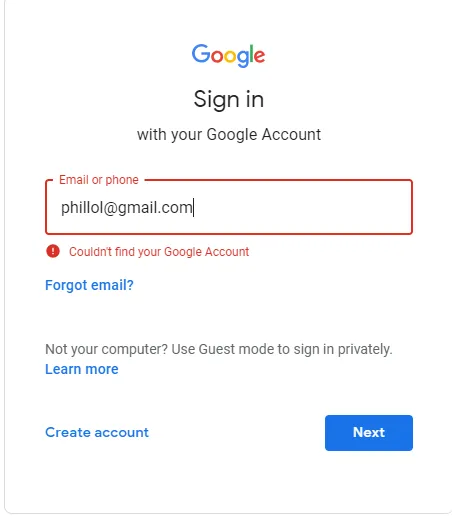
Effectively managing invalid email addresses is essential for maintaining the health of your email lists and ensuring high deliverability rates. Strategies include:
Verification and Validation: Utilize email verification tools and services to check the validity of email addresses in real-time or through bulk verification processes. These tools can identify syntax errors, disposable addresses, and domain issues, helping you filter out invalid entries.
Regular List Cleaning: Conduct periodic audits of your email lists to identify and remove invalid addresses. This practice improves email engagement rates and protects your sender reputation.
Engagement Monitoring: Keep an eye on engagement metrics. Email addresses that consistently show no opens or clicks may be invalid or uninterested, and considering their removal could be beneficial.
Implement Double Opt-In: This method involves sending a confirmation email to the user's provided address, requiring an action to confirm subscription. It significantly reduces the chances of adding invalid addresses to your list.
Addressing the issue of invalid email addresses through proactive verification, regular list maintenance, and strategic engagement practices can significantly enhance your email marketing efficiency and ensure your messages reach their intended recipients.
Understanding Email Verification
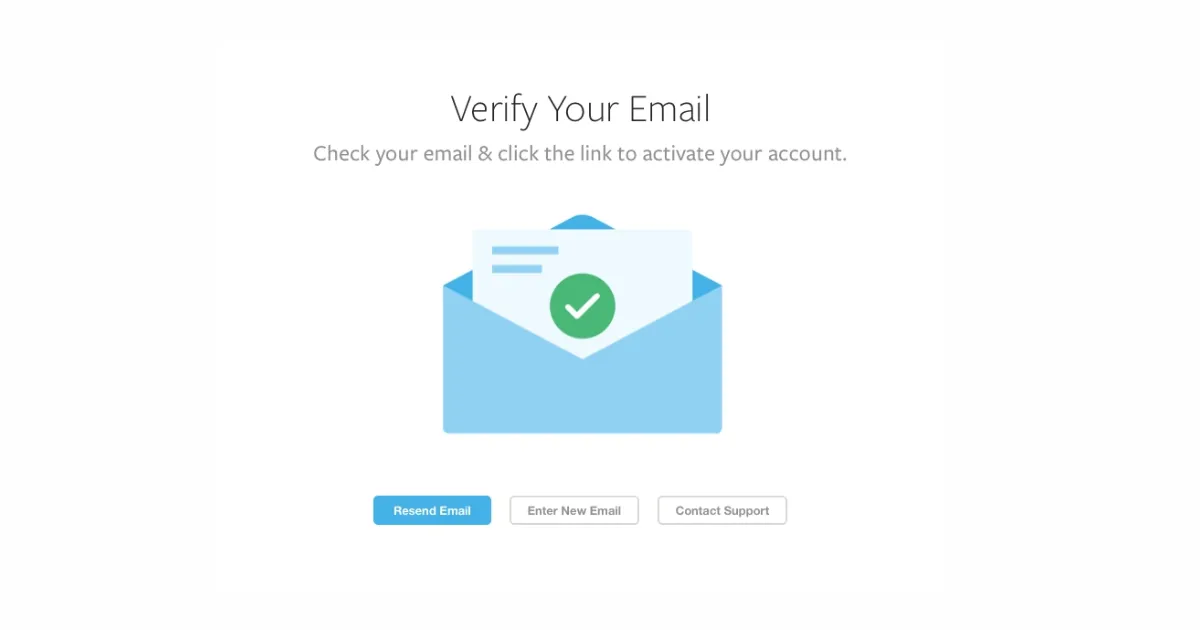
In the ever-evolving landscape of digital communication, email stands as a cornerstone for personal connections, professional correspondence, and particularly, email marketing.
The efficacy of email campaigns hinges significantly on the integrity and deliverability of the emails sent. This is where email verification emerges as a critical tool for email marketers, ensuring that an email address exists and is capable of receiving messages.
This process is instrumental in maintaining data security, enhancing email deliverability, and mitigating risks associated with invalid emails and spam traps.
What is Email Verification?
Email verification is a process utilized by email marketers and organizations to ensure that an email address is valid and operational. This involves a series of checks performed by an email verification tool or software, which can include real-time verification, syntax validation, domain checking, and more.
The objective is to filter out invalid emails, disposable addresses, and potential spam traps from mailing lists, thereby improving the overall health and performance of email campaigns.
Importance of Email Verification
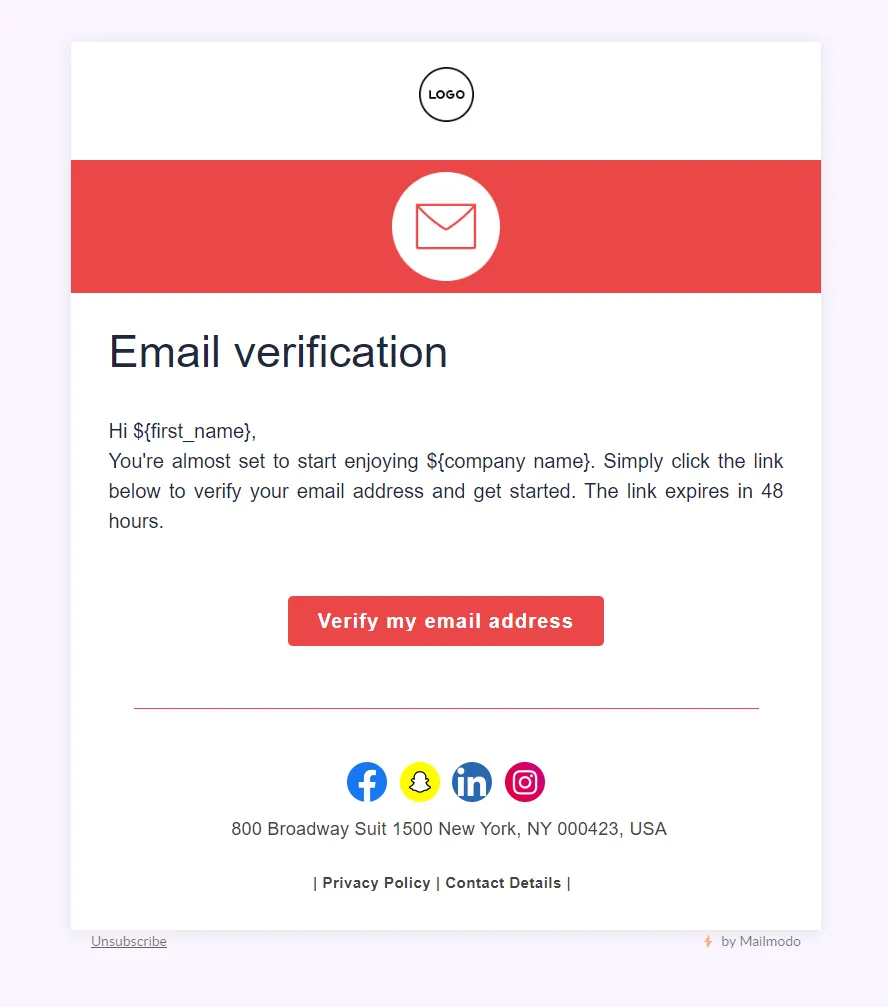
The significance of email verification extends beyond the mere identification of valid email addresses. It plays a pivotal role in:
Enhancing Email Deliverability: By eliminating invalid emails, the likelihood of emails landing in the inbox, rather than the spam folder, increases, thereby improving open rates and engagement.
Protecting Sender Reputation: Sending to invalid or non-existent addresses can lead to bounces, which negatively impact sender reputation with email service providers. Verification helps maintain a positive reputation, ensuring ongoing campaign success.
Avoiding Spam Traps: Spam traps are often used to identify and block spammers. Accidentally sending emails to these addresses can harm your deliverability. Verification helps identify and avoid these potential pitfalls.
Data Security: Employing military-grade data encryption in email verification tools ensures that your data remains secure during the verification process, protecting sensitive information from potential breaches.
Difference Between verify email addresses and Validation
While often used interchangeably, verifying email addresses and validating them are distinct processes:
Email Verification: This process confirms whether an email address exists and can receive emails.
It involves checking the mailbox availability, detecting disposable email addresses, and ensuring the email does not fall into known spam traps.
Email Validation: Validation primarily focuses on ensuring that the email address is formatted correctly according to standard email address syntax rules.
It checks for typos, syntax errors, and domain format to ensure the address could theoretically exist, without necessarily confirming its operational status.
How Email Verification Tools Work
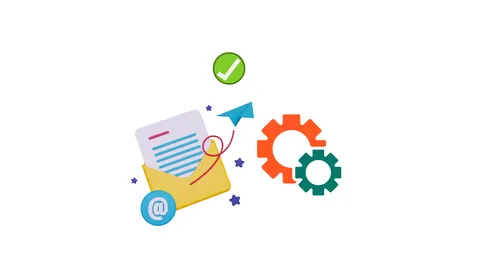
Email verification tools incorporate a blend of technical processes and algorithms to assess the validity of an email address:
Syntax Check: The first line of defense, where the tool checks for formatting errors, ensuring the address adheres to the standard email format.
Domain Verification: This step verifies the domain's existence and its ability to receive emails, using DNS records.
Disposable Email Detection: Identifies temporary or disposable email addresses, which are often used for one-time registrations or to bypass sign-up processes.
Spam Trap Detection: Advanced tools use proprietary algorithms and databases to identify and flag potential spam traps, protecting your email deliverability.
Real-Time Verification: Some tools offer real-time verification through their API, allowing businesses to verify email addresses directly at the point of entry, such as sign-up forms or subscription pages.
Email verification services often come with user-friendly interfaces, allowing for easy integration into existing email marketing tools and platforms.
Many offer a "pay as you go" pricing model, providing flexibility for businesses of all sizes, with some even offering free accounts for basic verification needs.
The best email verification service for a particular business will depend on specific needs such as volume, budget, and required features like phone support or integration capabilities, such as with Google Sheets or email marketing platforms.
The Necessity of Email Verification Tools

In the digital marketing arena, the clarity and precision of your email list dictate the success of your email marketing campaigns.
Email verification tools are not just a necessity; they are the backbone of a robust email strategy, ensuring your messages reach genuine, active inboxes.
These tools are designed to sift through your mailing lists, employing a comprehensive email validation process to root out invalid addresses, thus safeguarding your campaign's integrity and efficacy.
Avoiding Invalid Addresses
Invalid email addresses are akin to roadblocks in the path of your marketing campaign's success. They not only waste resources but can also skew campaign analytics, giving you an inaccurate picture of your performance. Here's how email verification tools tackle this issue:
Bulk Email Checker: These tools can process large volumes of email addresses simultaneously, identifying and eliminating those that are incorrect, inactive, or fake.
Address Verification: Beyond checking for typos or syntax errors, these tools verify the authenticity of the email addresses, ensuring they belong to real users.
Disposable Email Detection: Sophisticated algorithms detect temporary email addresses used to bypass sign-up forms, which are unlikely to convert into engaged subscribers or customers.
Mailbox Availability Check: Verifying that the email address not only exists but is also active and capable of receiving emails is crucial. This step significantly reduces bounce rates.
Enhancing Email Sending Reputation

Your email sending reputation is a critical factor that email service providers consider when determining where your emails end up: in the inbox or the spam folder. Email verification tools play a pivotal role in this context:
Verify Lists: Regularly cleansing your email lists of invalid addresses minimizes bounce rates, a key factor that ISPs consider when assessing your reputation.
Spam Keywords and Trap Detection: These tools scan for spam keywords and potential spam traps within your list, helping to avoid unintended penalties from ISPs.
Bulk Email Verifier: By ensuring that your emails are sent only to valid, active addresses, these tools help maintain a high engagement rate, which positively impacts your sender reputation.
Legal Aspects of Email Verification
Navigating the legal landscape of email marketing is crucial, with regulations such as GDPR and CAN-SPAM setting strict guidelines for obtaining and using email addresses:
Consent and Privacy: Email verification tools ensure that the email addresses on your list are legitimate and obtained in compliance with consent requirements, thereby adhering to legal standards.
Data Security: The best email verification tools employ stringent data security measures to protect sensitive information, aligning with legal requirements for data protection.
Compliance Maintenance: By removing invalid or non-consensual email addresses from your lists, these tools help maintain compliance with anti-spam laws, reducing the risk of legal repercussions.
The deployment of email verification tools is indispensable for conducting effective, efficient, and legally compliant email marketing campaigns.
They not only optimize the health of your email lists but also fortify your campaign's foundation by enhancing deliverability and sender reputation, while ensuring adherence to legal standards.
Manual Email Verification Methods (Without Sending Emails)
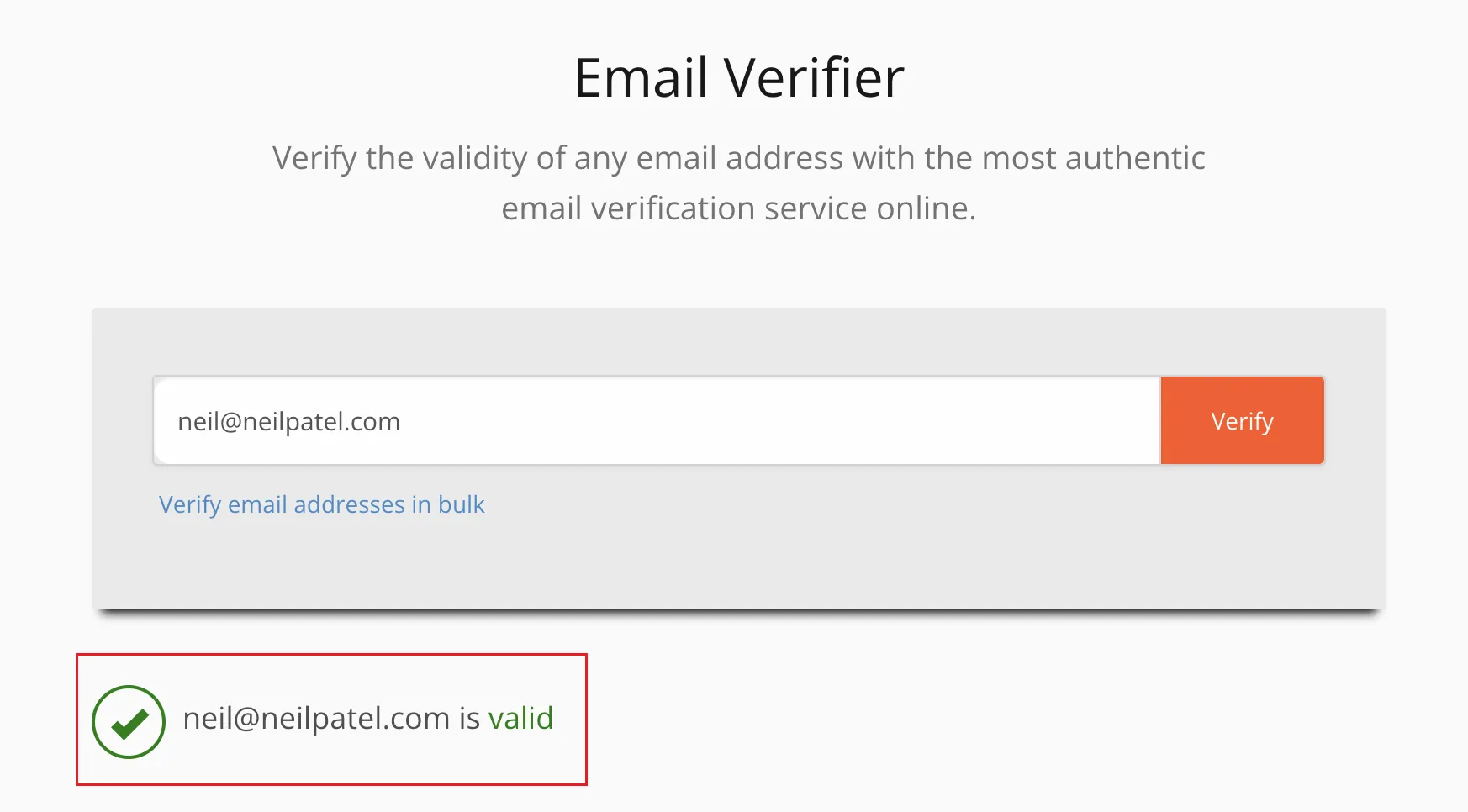
Ensuring the accuracy and validity of email addresses on your list is crucial for the success of your email marketing campaigns.
While automated email verification services offer a convenient solution, understanding and occasionally employing manual verification methods can provide deeper insights into the quality of your email lists.
Here's a breakdown of manual email verification methods that don't involve sending emails.
Method 1: Syntax Check
One of the foundational steps in email verification is checking the syntax of the email addresses. This involves ensuring that the email addresses adhere to the standard formatting rules:
Presence of an @ symbol separating the local part and the domain part of the email.
Valid characters include letters, numbers, periods, hyphens, and underscores.
No consecutive special characters or special characters at the beginning or end of the local part and domain.
A domain that includes at least one period (.) and a domain extension (like .com, .net, etc.).
Method 2: Domain Verification
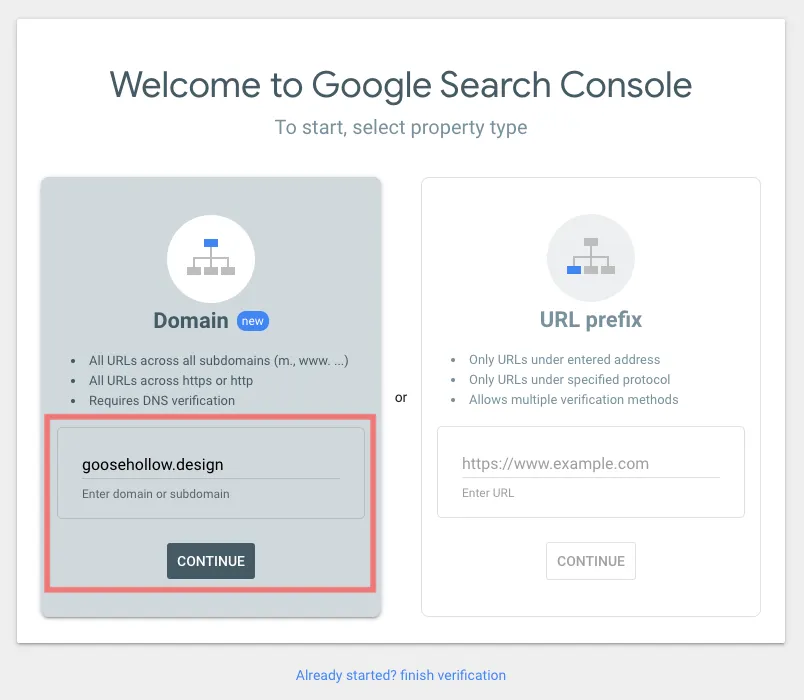
After ensuring the email address is syntactically correct, the next step is to verify the domain's existence and its email server's functionality:
Use tools or command-line utilities (like nslookup or dig) to perform a DNS lookup to ensure the domain exists.
Check the domain's MX (Mail Exchange) records to confirm it is configured to receive emails.
For businesses, ensure that the domain matches the company's known website domain to avoid potential spoofing.
Method 3: Role-based Address Detection
Role-based email addresses (like info@company.com or support@service.com) are often managed by multiple individuals or are used for routing purposes rather than personal communication. Identifying and segmenting these addresses can be important because:
They may have higher bounce rates if the role no longer exists or is not monitored.
Emails sent to these addresses are less likely to engage in personal interactions, affecting engagement metrics.
Method 4: Disposable Email Address Detection
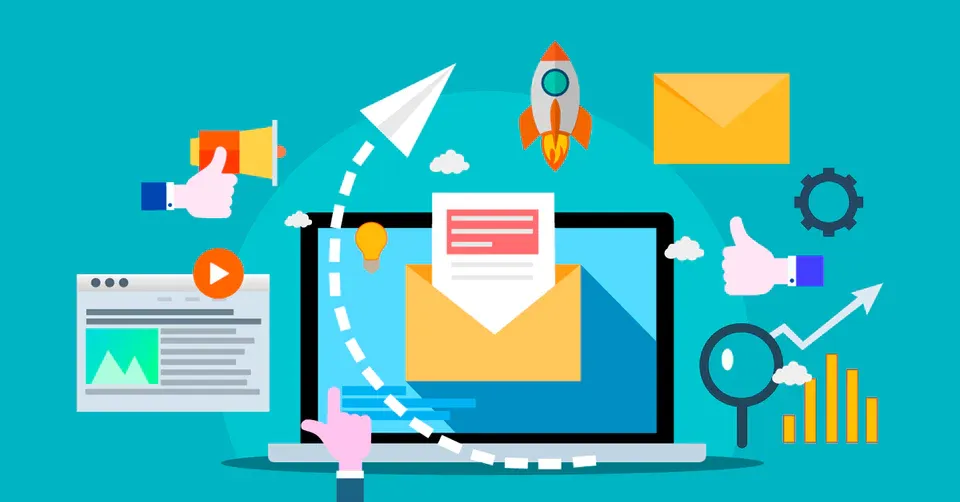
Disposable or temporary email addresses are often used for a short period, mainly to bypass email verification steps. Detecting these can be challenging but crucial because:
They significantly contribute to bounce rates when they expire.
They indicate low-quality engagements and can skew campaign analytics.
Manually reviewing sign-up patterns, domain names, and using updated lists of known disposable email providers can help identify these addresses.
Method 5: Check Against Known Invalid Email Addresses
Compiling and maintaining a list of email addresses that have previously bounced or been marked as invalid can save time and resources in the long run:
Cross-reference new or questionable email addresses against this list to quickly filter out known issues.
Update this list regularly based on campaign performance and bounce reports to keep it relevant and effective.
While manual email verification can be time-consuming, it provides a deeper understanding of your email list's quality and can be a valuable part of your overall email hygiene process.
For larger lists or ongoing verification needs, consider using an email verification service or software that incorporates these methods into its automated process, offering bulk verification, user-friendly interfaces, and "pay as you go" flexibility to accommodate businesses of all sizes.
Bulk Email Verification

In the realm of email marketing and digital communication, maintaining a clean and active email list is paramount. Bulk email verification emerges as a vital service in this context, streamlining the process of validating numerous email addresses simultaneously.
This service not only enhances email deliverability but also supports marketers in achieving higher engagement rates by ensuring messages reach valid and active inboxes.
What is Bulk Email Verification?
Bulk email verification is a service offered by email verification tools designed to validate the authenticity and deliverability of large volumes of email addresses in a single operation. This process involves several checks and balances, including syntax validation, domain checks, spam trap detection, and more, to ascertain that each email on your list is legitimate and capable of receiving messages.
Key aspects of bulk email verification include:
Email Verification Service Integration: Utilizing an email verification API or software, businesses can seamlessly integrate bulk verification into their existing platforms or workflows, such as email marketing tools or CRM systems.
Comprehensive Email Checks: From basic syntax checks to advanced analysis like spam trap detection and deliverability assessments, bulk verification ensures each email address adheres to best practices for optimal engagement.
Enhanced Email Deliverability: By eliminating invalid, inactive, or problematic email addresses, bulk email verification significantly reduces bounce rates, thereby improving sender reputation and inbox placement rates.
How to Verify Email Addresses in Bulk
Verifying email addresses in bulk typically involves a straightforward process, facilitated by choosing the best email verification service that aligns with your needs. Here’s how to approach it:
Select a Reputable Email Verification Tool: Look for an email verifier known for its accuracy, speed, and customer support. The best email verification service should offer comprehensive checks, including syntax, domain, and spam trap detection.
Prepare Your Email List: Compile the list of email addresses you wish to verify. Ensure it's formatted correctly, usually in a CSV or similar file format, for easy upload.
Upload Your List: Access the email verification tool's platform and upload your email list. This can often be done directly through the tool's user interface or, for some services, integrated directly into your email marketing tools or platforms like Google Sheets.
Initiate the Verification Process: Once uploaded, initiate the bulk verification process. The service will then process each email address through various verification checks, such as validating mail addresses, detecting disposable emails, and assessing mailbox availability.
Review and Download Results: After the verification process is complete, you'll typically receive a report detailing the status of each email address (valid, invalid, risky, etc.). Download this report and use it to update your email lists accordingly.
Integration and Automation: For ongoing verification needs, consider integrating the email verification API directly into your sign-up forms or email platforms. This allows for real-time verification and keeps your lists clean on an ongoing basis.
Bulk email verification is an essential step for businesses and email marketers aiming to optimize their email campaigns.
By ensuring each email address on your list is valid and active, you significantly enhance the overall effectiveness of your communications, leading to better engagement, higher deliverability, and improved campaign performance.
How to Choose Email Verification Tool to Detect Invalid Addresses

Selecting the right email verification tool is pivotal for maintaining the health of your mailing lists and enhancing the efficacy of your marketing campaigns.
With a plethora of options available, pinpointing the tool that best aligns with your requirements necessitates a thorough understanding of the features that contribute to a robust email verification process.
Features to Look For
When exploring the landscape of email verification tools, certain key features stand out as essential for effectively detecting and managing invalid addresses:
Comprehensive Validation Checks: Opt for tools that offer a broad spectrum of validation services, from syntax and domain checks to deeper analysis like validating email addresses against established email service providers, including Yahoo and others, to ensure their authenticity and activity level.
Spam Trap and Complaints Detection: Advanced email verification services include the capability to identify potential spam traps and addresses with high spam complaint rates, safeguarding your sender reputation.
Bulk Verification Capability: For businesses with extensive mailing lists, a bulk email checker is indispensable. This feature allows for the efficient validation of large volumes of addresses, saving time and resources.
Integration Flexibility: The best email verification tools offer easy integration with your existing email service provider, email finder tools, and marketing platforms, streamlining the validation process within your workflow.
Real-time Verification: For ongoing list maintenance, tools that provide real-time verification can instantly validate email addresses as they are collected, such as during sign-up or subscription processes.
Customer Support: Reliable customer support is crucial, especially when dealing with large datasets or complex integration scenarios. Look for providers who offer robust support channels, including phone and email assistance.
Free Tools and Their Limitations

While free email checker services can be appealing, especially for startups or small-scale operations, they often come with inherent limitations that could impact the thoroughness of your email verification efforts:
Limited Verification Checks: Free tools may perform basic syntax and domain checks but often lack the depth of analysis provided by paid services, such as detailed spam trap detection and real-time verification.
Bulk Verification Restrictions: Many free services impose limits on the number of addresses you can verify in one go, which can be a significant bottleneck for businesses with large mailing lists.
Integration and Automation Constraints: Free tools may offer limited or no options for integration with your existing marketing tools or email platforms, potentially complicating your workflow.
Customer Support: Free services typically offer minimal customer support, if any, which can be drawback when urgent assistance is needed.
Free email verification tools can provide basic services, the complexities and demands of modern email marketing campaigns often necessitate more sophisticated, feature-rich solutions.
When choosing an email verification tool, consider the balance between cost and the comprehensive features required to effectively manage and maintain the integrity of your email lists.
Top Email Verification Service to verify email addresses
In the digital marketing ecosystem, the accuracy of your email list directly influences the success of your marketing campaigns.
Leveraging top-notch email verification services is crucial for weeding out invalid or fake addresses, thereby enhancing deliverability and engagement rates. Below are some of the leading email validation services known for their efficiency, user-friendly interfaces, and robust validation processes
Dropcontact

Dropcontact stands out with its unique approach to email validation, offering a user-friendly interface and seamless integration with CRM systems and Google Sheets.
This service excels in identifying and correcting syntax errors, detecting fake addresses, and ensuring email addresses are valid and active without the need for a free account.
Bouncer

Bouncer offers a pay-as-you-go pricing model, making it an attractive option for businesses of all sizes. It's known for its precise email validation, including syntax checks and domain verification.
Bouncer's intuitive user interface and robust customer support make it a go-to tool for email marketers looking for reliable mail verification.
ZeroBounce
ZeroBounce is a comprehensive email validation service that provides a wide range of features, including spam trap detection, email scoring, and deliverability tools.
With its capability to offer detailed insights into your email list's quality, ZeroBounce helps improve your overall email campaign performance.
Clearout
Clearout is renowned for its high accuracy rates and fast verification process. It offers real-time email validation and bulk verification options, making it suitable for immediate validation needs and large-scale campaigns. Its user-friendly dashboard and integration capabilities allow for an efficient validation process.
Emailable

Emailable emphasizes ease of use and efficiency, offering a streamlined platform for both real-time and bulk email verification.
It supports integration with major email marketing tools, ensuring your lists are clean and up-to-date directly within your existing workflow.
ZoomInfo

ZoomInfo, while primarily known for its B2B database services, also offers robust email verification capabilities.
Its verification tool is designed to maintain the accuracy and deliverability of your B2B email campaigns, enriching your email lists with validated business email addresses.
NeverBounce
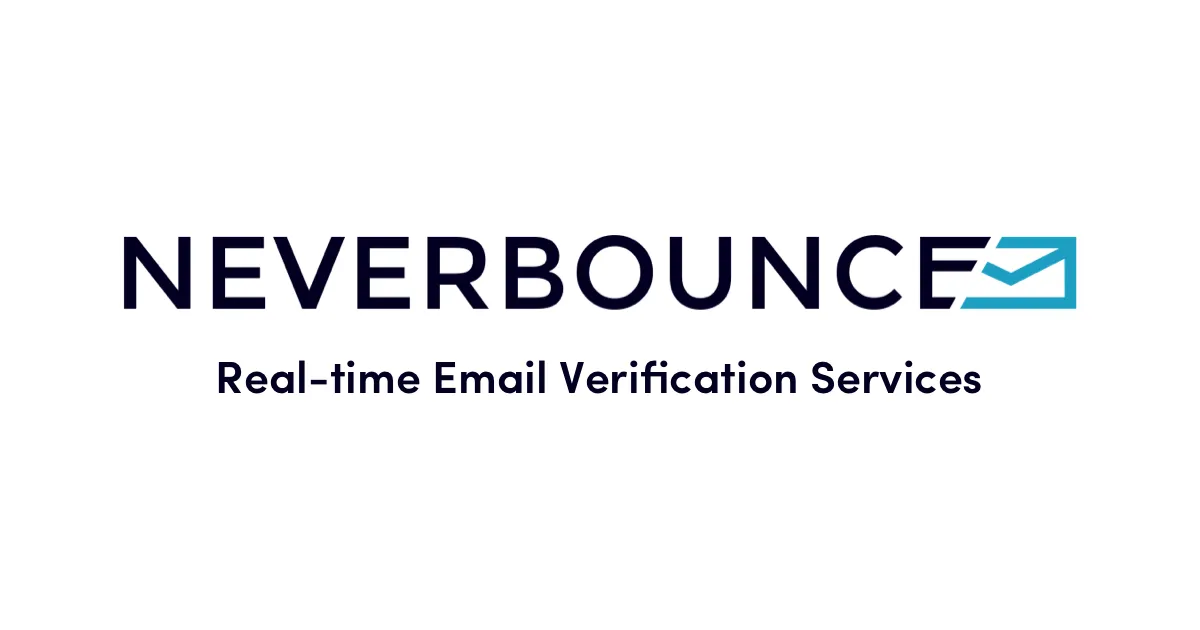
NeverBounce specializes in real-time email verification and list cleaning services. It provides detailed reports on list health and has a wide range of integration options.
NeverBounce's commitment to maintaining high accuracy makes it a reliable choice for businesses focused on minimizing bounce rates.
DeBounce

DeBounce offers a suite of email list cleaning services, including the removal of invalid, disposable, and hard-bounce emails. Its service is straightforward and efficient, with a focus on improving email deliverability and protecting sender reputation.
TrueMail
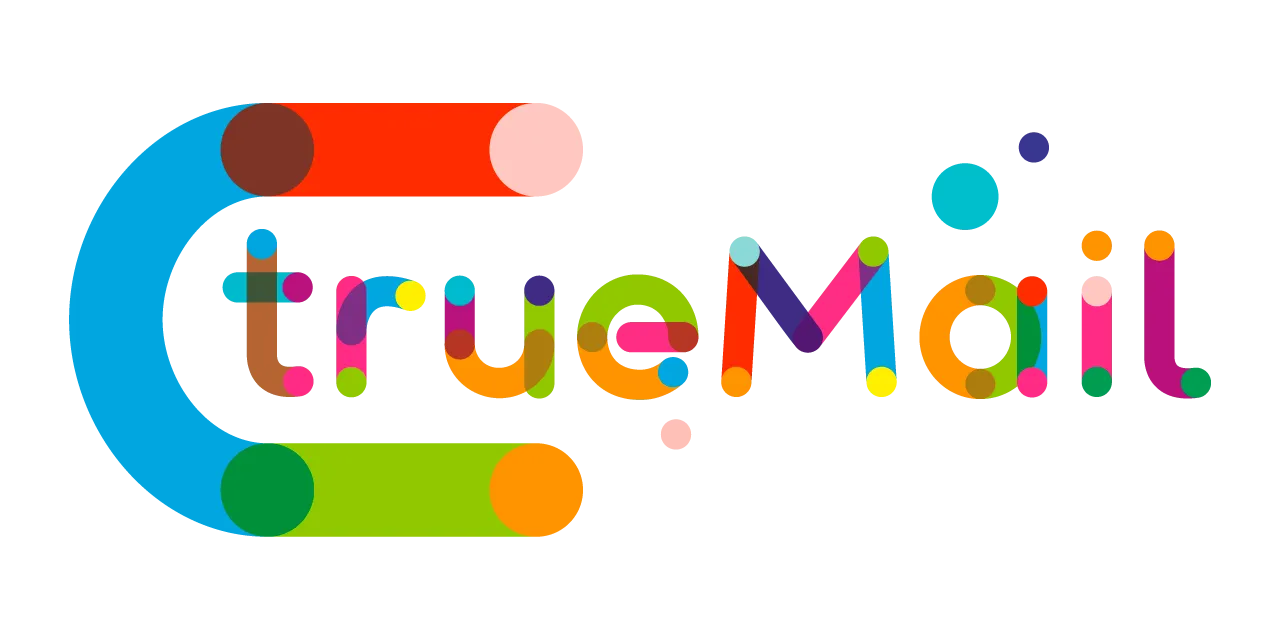
TrueMail is known for its simple yet powerful email verification service. It verifies every email address meticulously to ensure accuracy, checking each address in real-time to confirm its validity. TrueMail's clear and concise reporting helps users understand their email list's quality at a glance.
MailerCheck
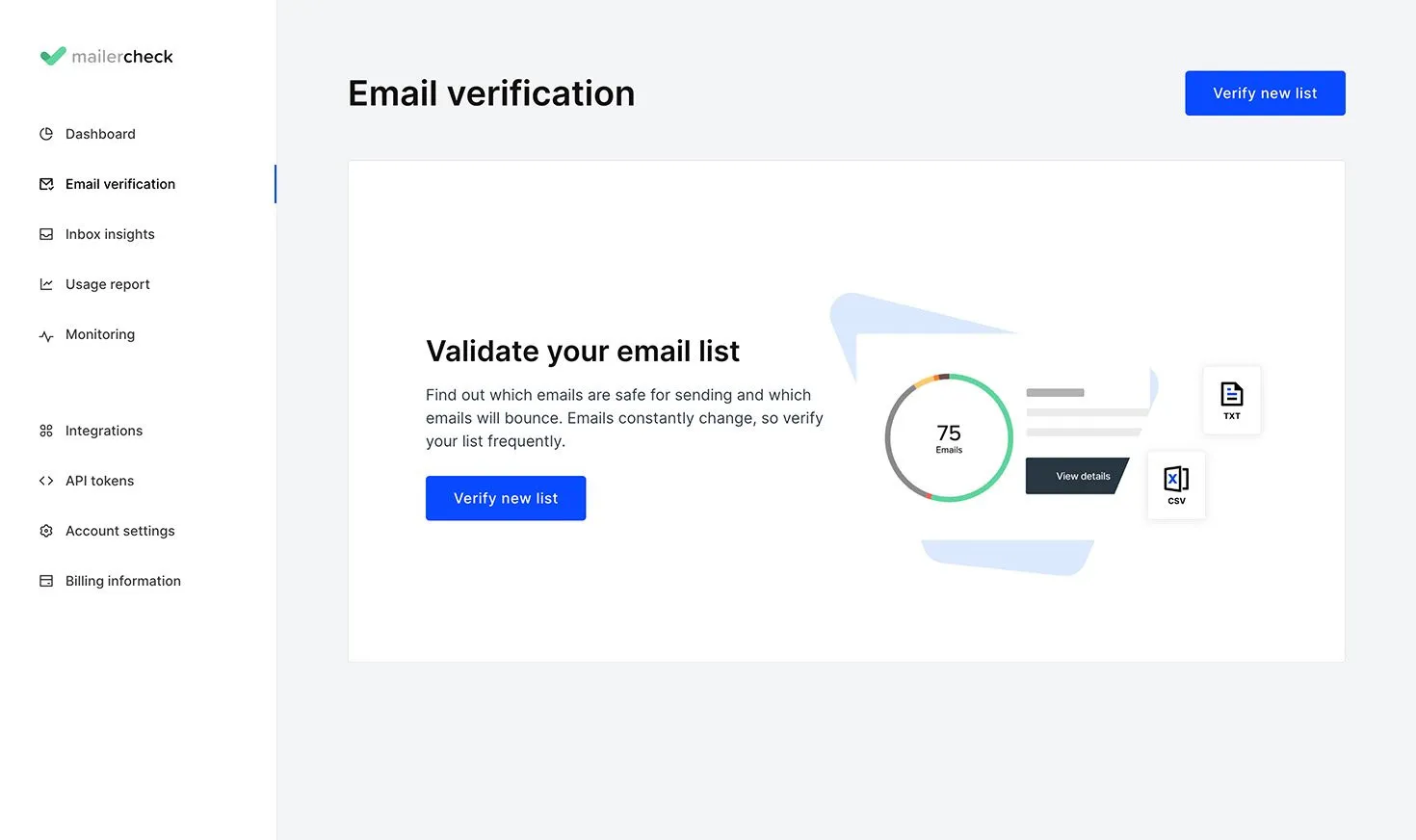
MailerCheck offers intuitive email verification solutions that integrate seamlessly with popular email marketing platforms.
It's designed to enhance the quality of your mailing lists through detailed validation checks, ensuring higher deliverability and engagement rates for your marketing campaigns.
Hunter

Hunter is renowned for its ability to quickly verify email addresses and its powerful email finder tool. Its email verification service includes a straightforward API that integrates seamlessly into your existing workflows, making it an ideal choice for businesses looking to validate email addresses in real-time.
Hunter's pay-as-you-go pricing model offers flexibility, allowing users to purchase email verification credits according to their needs, ensuring cost-effective list maintenance.
Kickbox

Kickbox provides an email verification service designed to help marketers and developers clean their email lists and improve deliverability.
With a user-friendly interface and a robust email verification API, Kickbox makes it easy to validate email addresses directly from your web forms or through bulk list cleaning.
Their service is known for its high accuracy in detecting invalid, disposable, and role-based email addresses, thus minimizing bounce rates and protecting sender reputation.
BriteVerify

BriteVerify stands out for its real-time email validation capabilities, ensuring that email addresses collected through web forms, landing pages, or mobile apps are verified instantly.
This service helps in maintaining clean email lists by preventing invalid addresses from being added in the first place.
BriteVerify's simple drag-and-drop interface for bulk verification and its integration with email marketing platforms make it a preferred choice for marketers looking for ease of use and efficiency.
Verifalia
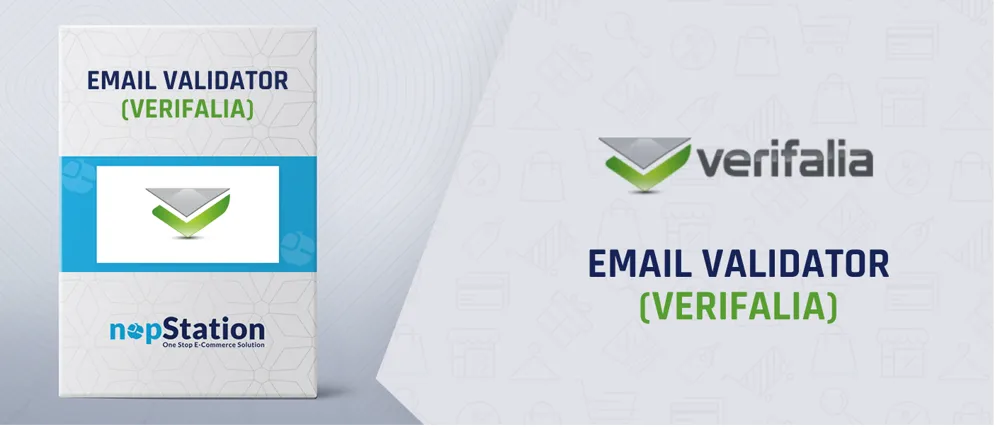
Verifalia offers a comprehensive email validation service that not only checks syntax and domain validity but also performs advanced checks such as mailbox confirmation and spam trap detection.
Their service is accessible through an intuitive web-based dashboard or via a powerful API, catering to both non-technical users and developers.
Verifalia's unique feature is its ability to perform deep-level validations, offering detailed insights into the quality of each email address on your list.
Bouncless

Bouncless is dedicated to helping businesses achieve higher email deliverability rates by offering efficient email list cleaning and validation services.
With its fast and accurate verification process, Bouncless effectively reduces bounce rates, enhances sender reputation, and improves the overall performance of email campaigns.
Their service is straightforward, with a clear focus on providing a hassle-free user experience and reliable customer support.
EmailListVerify
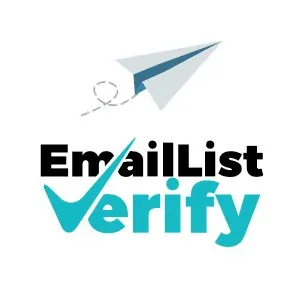
EmailListVerify prides itself on being an easy-to-use, fast, and reliable email verification service. It offers bulk email list cleaning, real-time verification, and integration with major email marketing platforms.
With EmailListVerify, businesses can swiftly remove bad emails, avoid spam traps, and eliminate hard bounces, thereby ensuring better inbox placement and higher engagement rates.
Xverify

Xverify specializes in "intelligent" email verification, promising to boost your email deliverability by validating email addresses for syntax errors, domain issues, and user activity.
Their service is designed to be highly accurate, providing instant results through their real-time API. Xverify's commitment to data security and privacy is evident in their compliance with various data protection regulations, making it a trustworthy choice for businesses concerned about data security.
Mailfloss

Mailfloss is a straightforward, automation-focused email verification service that takes the hassle out of email list cleaning.
With direct integrations to a wide range of email marketing platforms, Mailfloss automatically scans and cleans your email lists on a regular basis, removing invalid and risky email addresses.
Their service is designed for businesses that want to maintain clean email lists without manual intervention, offering a set-it-and-forget-it solution that ensures continuous list hygiene.
Each of these email verification and validation services offers unique features tailored to different business needs, from real-time API integrations and bulk cleaning to user-friendly interfaces and robust customer support.
By choosing the right service, businesses can significantly improve the quality of their email lists, enhance deliverability, and achieve better results from their email marketing efforts.
Advanced Email Verification Techniques

In the ever-evolving digital marketing landscape, ensuring the integrity of email addresses within your marketing campaigns is crucial for success.
Advanced email verification techniques leverage sophisticated technologies to enhance accuracy, reduce spam complaints, and improve overall campaign performance.
These cutting-edge methods go beyond basic checks, offering deeper insights into email list health and deliverability.
AI and Machine Learning in Email Verification

The integration of Artificial Intelligence (AI) and Machine Learning (ML) in email verification represents a significant leap forward in identifying and validating email addresses. These technologies enable email verification software to learn from patterns and anomalies within vast datasets, thereby improving the detection of invalid or risky email addresses over time.
Predictive Analysis: AI algorithms can predict the validity of an email address based on historical data, identifying patterns associated with invalid or temporary email addresses.
Contextual Understanding: Machine learning allows email verifiers to understand the context behind an email address, distinguishing between personal, professional, and disposable addresses with higher accuracy.
Spam Trap Identification: Advanced AI models are trained to detect subtle clues that indicate an email address may be a spam trap, helping to safeguard sender reputations and minimize spam complaints.
Catch-All Server Detection for invalid email addresses
Catch-all email servers accept all emails sent to a particular domain, regardless of the mailbox's existence. While this can prevent missing potentially important emails, it poses a challenge for email validation, as it becomes difficult to identify invalid addresses.
Sophisticated Algorithms: Advanced email verification tools employ sophisticated algorithms to detect catch-all servers, carefully analyzing server responses to differentiate between valid, invalid, and catch-all addresses.
Risk Assessment: These tools often provide a risk assessment for catch-all addresses, advising on the likelihood of deliverability issues or bounces, allowing marketers to make informed decisions about including such addresses in their campaigns.
Real-time Verification Integration
Real-time email verification integration is a game-changer for businesses collecting email addresses through sign-up forms, subscriptions, or any online portal. By embedding an email verification API directly into the point of entry, businesses can instantly validate email addresses as they are entered, significantly enhancing list quality from the outset.
Instant Validation: As soon as an email address is inputted, the verification tool checks its validity, ensuring only valid addresses are captured and reducing the need for subsequent list cleaning.
User Experience: Integrating real-time verification improves the user experience by prompting users to correct errors immediately, ensuring accurate data collection and minimizing frustration.
Address Correction Suggestions: Some advanced tools offer correction suggestions for common typos (e.g., "gnail.com" instead of "gmail.com"), further enhancing data quality and user engagement.
Adopting these advanced email verification techniques enables businesses to maintain high-quality email lists, ensuring that marketing campaigns reach their intended audiences effectively.
By leveraging AI and ML, detecting catch-all servers, and integrating real-time verification, marketers can significantly reduce bounce rates, avoid spam traps, and enhance overall email campaign performance.
Conclusion

Navigating through the complexities of email marketing demands a robust approach towards maintaining the integrity and effectiveness of your email lists.
The adoption of advanced email verification services is not just a strategic move but a necessity in today's digital marketing landscape.
Let's distill the key insights and takeaways from our discussion on the pivotal role of email verification in enhancing marketing campaign performance.
Key takeaways on email verification service

Essential for Campaign Success: The cornerstone of any successful email marketing campaign lies in the quality of its email list. Email verification services ensure that your list is free from invalid, fake, or risky email addresses, thereby improving deliverability and engagement rates.
Advanced Technologies Enhance Accuracy: The integration of AI and machine learning in email verification brings a new level of sophistication to identifying valid email addresses. These technologies adapt and improve over time, offering unparalleled accuracy in filtering out undesirable addresses.
Real-Time Verification is Game-Changing: Incorporating real-time verification at the point of email collection (e.g., sign-up forms) dramatically improves the quality of email addresses from the outset. This proactive approach minimizes the need for extensive list cleaning down the line.
Flexibility in Pricing Models: With options ranging from "pay as you go" to subscription-based models, businesses of all sizes can find an email verification solution that fits their budget. Free email checkers and trial offers provide a risk-free way to assess the effectiveness of a service before committing.
User Experience and Integration: The best email verification tools come with user-friendly interfaces and easy integration capabilities with existing marketing platforms. This seamless integration ensures that email verification becomes a natural part of your marketing workflow without disrupting existing processes.
Final Thoughts on Email Verification service
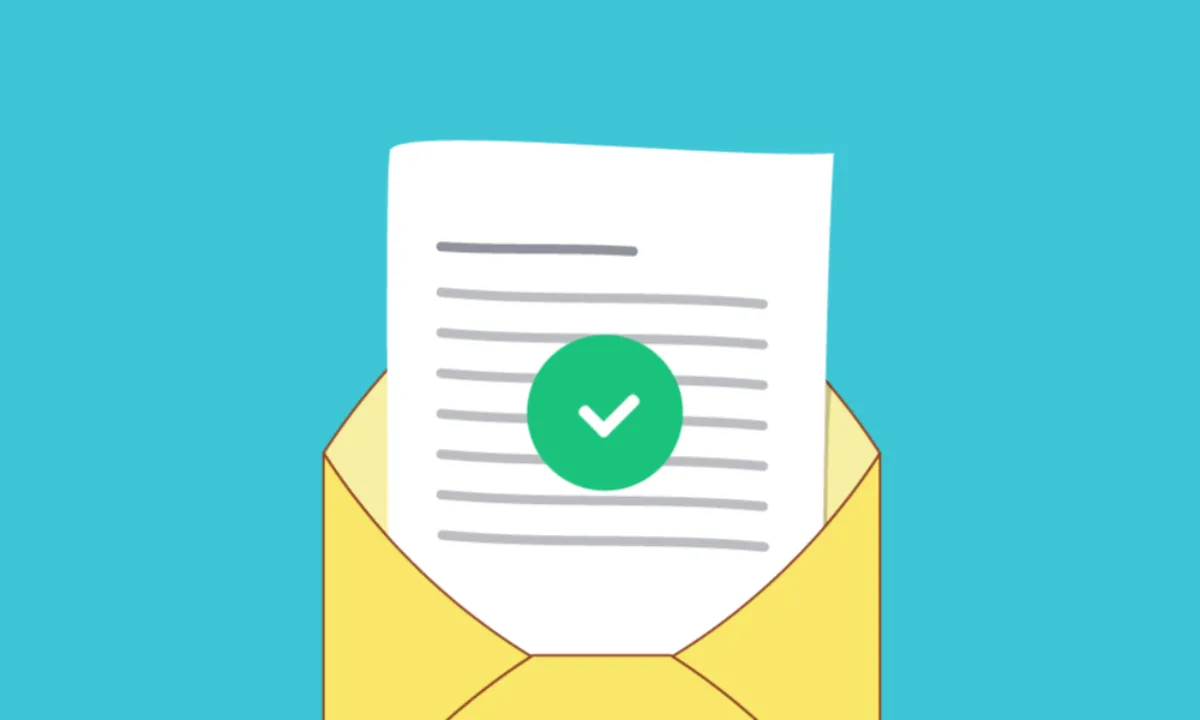
In the digital age, where email continues to reign supreme as a marketing tool, the importance of email verification cannot be overstated. It's a critical component that directly impacts the success of your marketing campaigns, influencing everything from deliverability to user engagement. By choosing the right email verification service, you're not just cleaning your email list; you're investing in the efficacy and efficiency of your entire marketing strategy.
As we wrap up, remember that the landscape of email marketing and verification is ever-evolving. Staying informed about the latest tools, technologies, and best practices is essential for maintaining an edge in your email marketing efforts. The right email verification service is your ally in this journey, ensuring your messages reach the right inboxes and generate the desired impact.

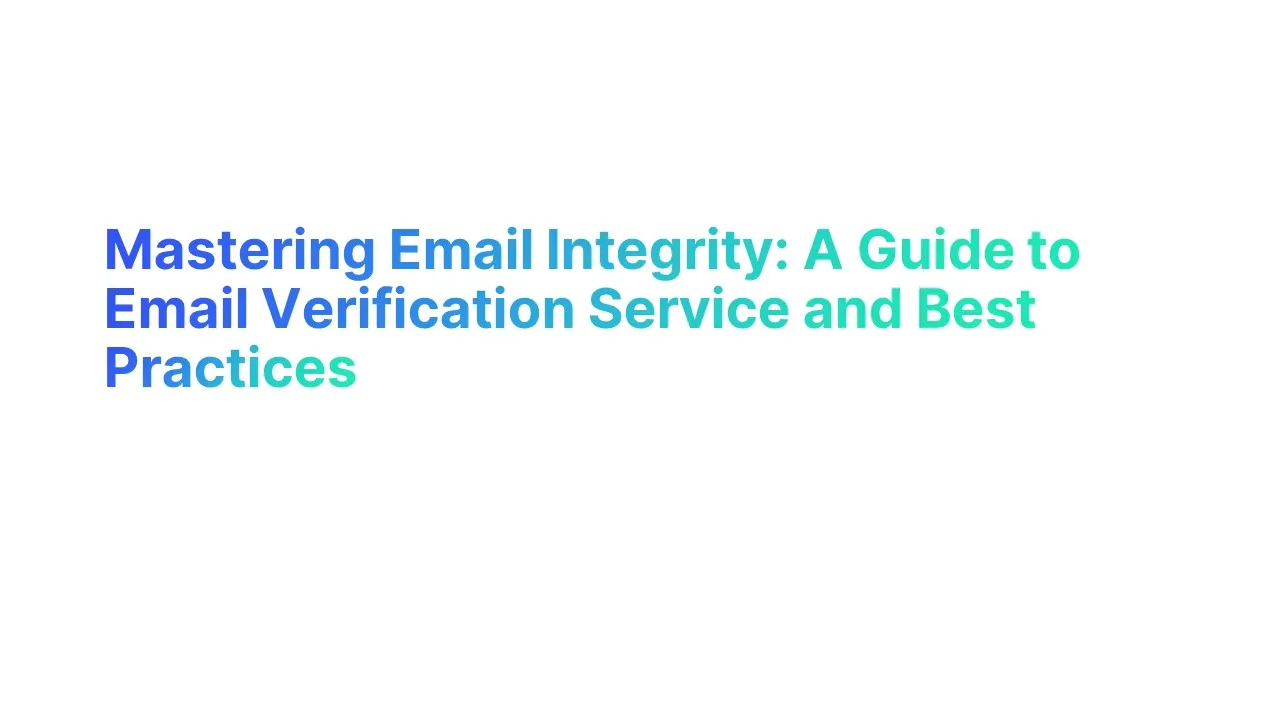



.jpg)

.jpg)
